
Some consumers choose to modify their vehicles, for many reasons. In some cases, it's to add or enhance function (e.g. a truck lift kit to provide better off-road clearance). In other cases, it's to customize the look of the vehicle (e.g. aftermarket wheels and tires, lowering suspension, etc.). And in some cases, it's to enhance the performance of the vehicle (e.g. aftermarket 'tuning', exhaust system upgrades, cold air intake systems).

So, the question becomes: Is a vehicle manufacturer obligated to cover “warranty issues” on vehicles that have been modified with parts or software that were not designed by the manufacturer? The short answer is “yes, so long as the warranty claim is for a part which is shown to have a manufacturing defect.” However, given the increasing complexity of vehicle designs and the inter-dependence of cross-vehicle systems and components, it's getting easier for the manufacturer to claim that ANY modification could have wide-reaching consequences and lead to the failure of a part which is, in fact, not defective.
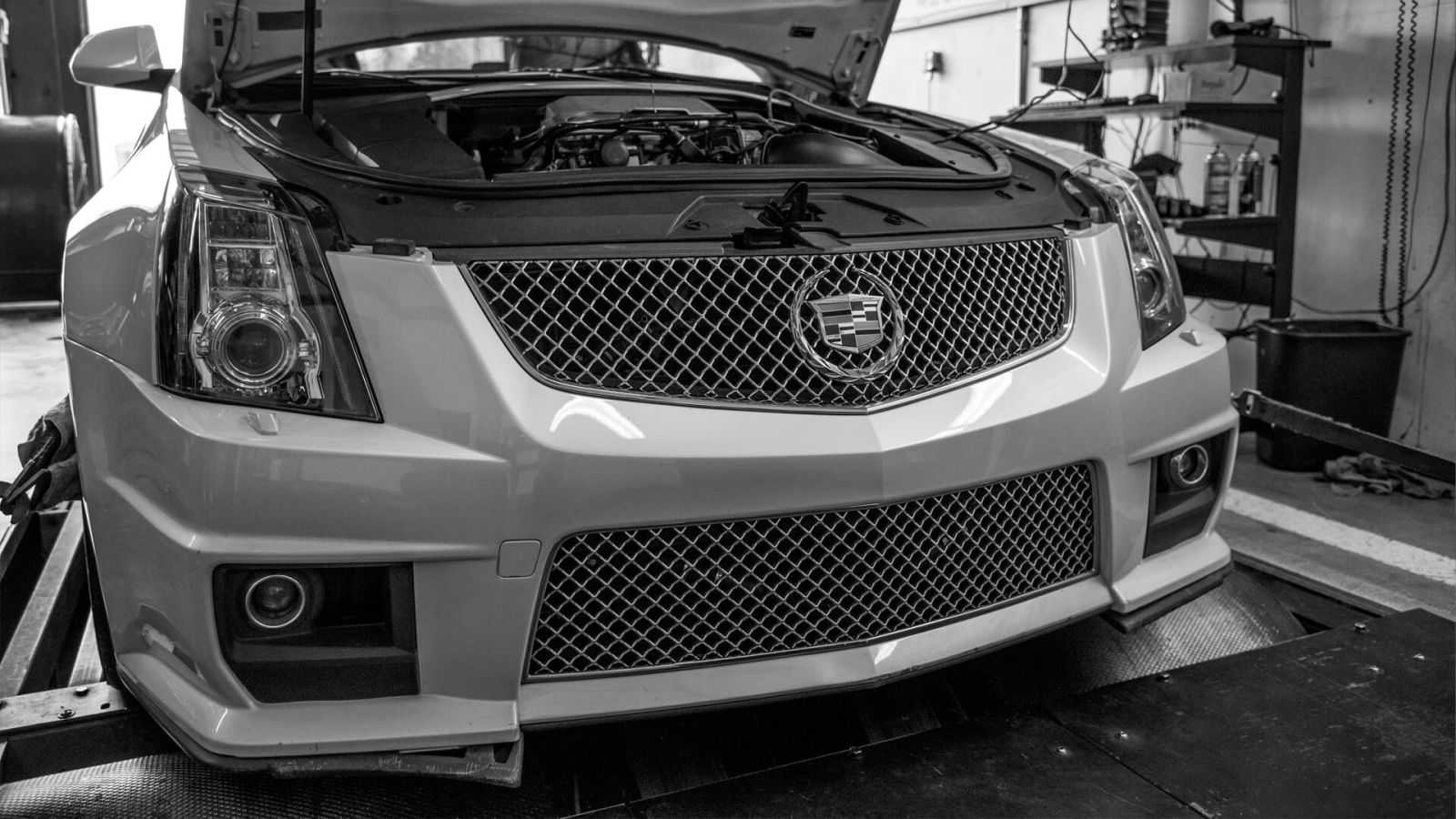
We commonly joke about manufacturers denying a warranty claim because of the installation of aftermarket lug nuts, but here's an example of how a manufacturer might rationalize this: Let's say there's a wheel hub bearing failure. The vehicle is towed to an authorized service center, they inspect the vehicle and find there are aftermarket chrome lug nuts installed. At this point they could reasonably claim that the aftermarket lug nuts are not known to be manufactured to the same weight, and balance tolerances that the factory lug nuts use, and as such, their installation lead to unusual forces on the wheel hub bearing which lead to its “unnatural” failure. As such, the warranty claim is denied because there's a plausible theory as to how the bearing failure could in fact be due to the installation of an aftermarket part. It would be in the domain of the vehicle owner to prove the manufacturer's theory is false.

The above scenario is assumed to be fictional, but this one appeared in automotive media in 2016: A customer buys a brand new Chevrolet Silverado pick up truck, and as part of the sales contract purchases an aftermarket frame lift kit for the truck, which is installed by the dealership. After he takes delivery of the truck, he drives it for some period of time, then the Service Airbag light comes on. He brings it in for service at the same dealership that he purchased the truck from and to the very service department that had installed the lift kit. The dealership refuses to fix the issue under warranty. The stated cause? The aftermarket lift kit caused changes in the way certain airbag sensors operate (because the suspension and frame geometry were modified), causing a false-positive condition in the airbag sensor diagnostics.
In both of these scenarios, it would be difficult (and expensive) to push back on these assertions the manufacturer is making. At the same time, it also leads one to wonder whether the manufacturer ever engages in abuse of this power?
At the end of the day, it's murky, because in some cases, vehicle owners are trying to stick the manufacturer with the cost of making warranty repairs to the vehicle that they almost certainly caused via modification, and in others the manufacturer is hiding behind the aftermarket parts argument to avoid making repairs to a legitimately defective part.
In some cases, a dealership service department may even have incentive to refuse to honor a warranty claim when they could, by procedure, have it honored. The economics behind a dealership service department are not well known, but it is possible that service departments receive a different compensation rate from a warranty claim than they would from a direct-pay customer. The following scenario may illustrate this:

The owner of a new (and warrantied) Chevrolet Cruze buys and installs an aftermarket intake system. He gets the vehicle tuned by an aftermarket company. At some point later, one of the pistons fails and replacement is required. The piston failure issue is a WELL known and WELL documented issue with this engine, and between the dealership and the manufacturer there would be almost no question that this failure is in fact because of whatever defect leads to the failure in the first place (which the manufacturer has made no formal statement on). However, instead of repairing this vehicle under warranty, the dealership instead effectively cancels the rest of the power train warranty and says the modifications to the vehicle are the cause of the failed piston. This vehicle owner now has no power train warranty left, and is on the hook to pay for piston replacement.
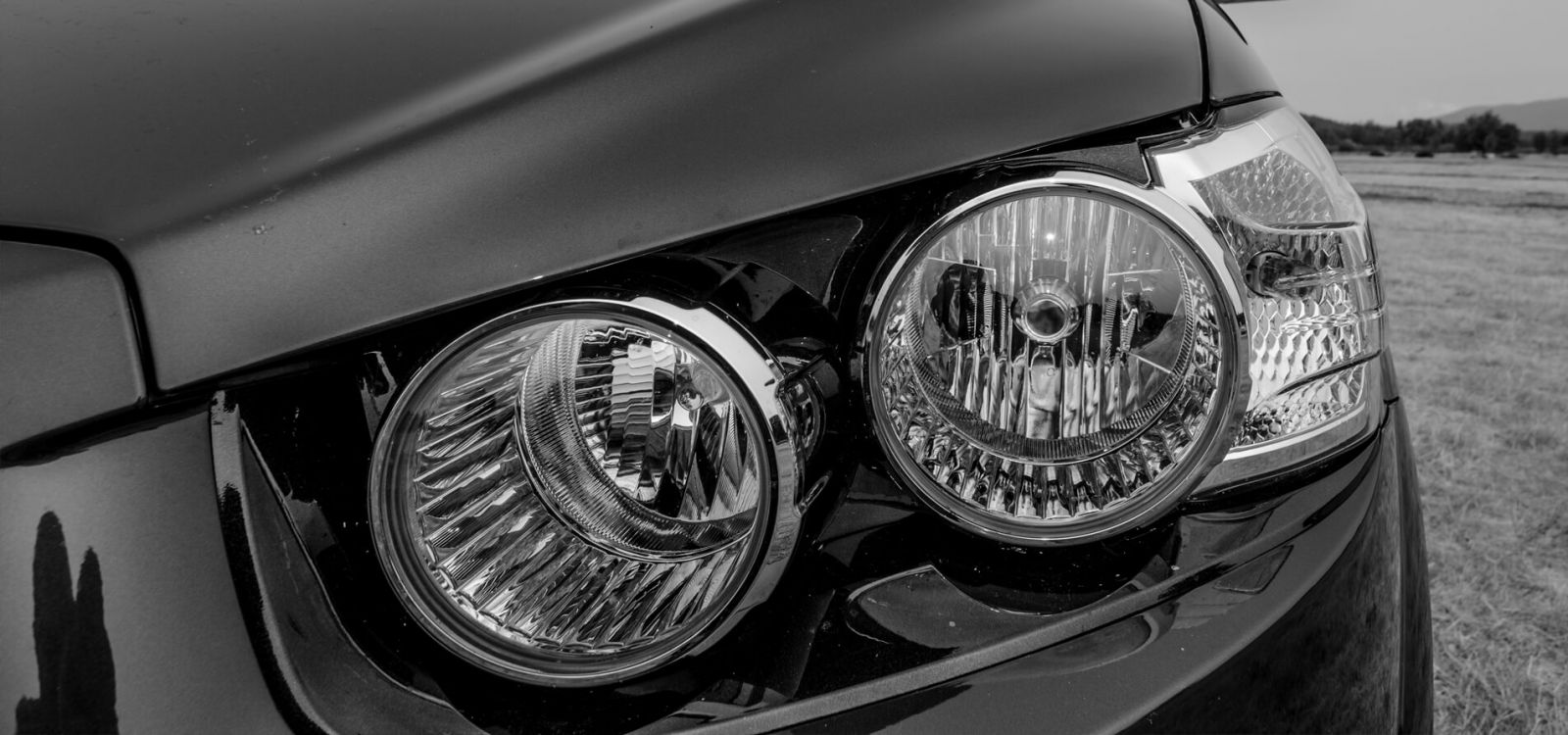
Is this treatment justified? Or is it an abuse of power? Again it is murky. Dealership service centers are the “gatekeepers” in many cases to the policy of what gets fixed under warranty and what does not. They are the ones that may make the decision to look deeper (or the manufacturer may request it). When an obviously-modified Cruze comes in with broken pistons, whether its a known issue or not, the very fact the car is visibly and obviously modified may give cause to look into it deeper (or flat out deny the claim on the basis alone). If it's what appears to be a completely stock Cruze with broken pistons in the manner described in the technical bulletin, there's likely to be no question about it.
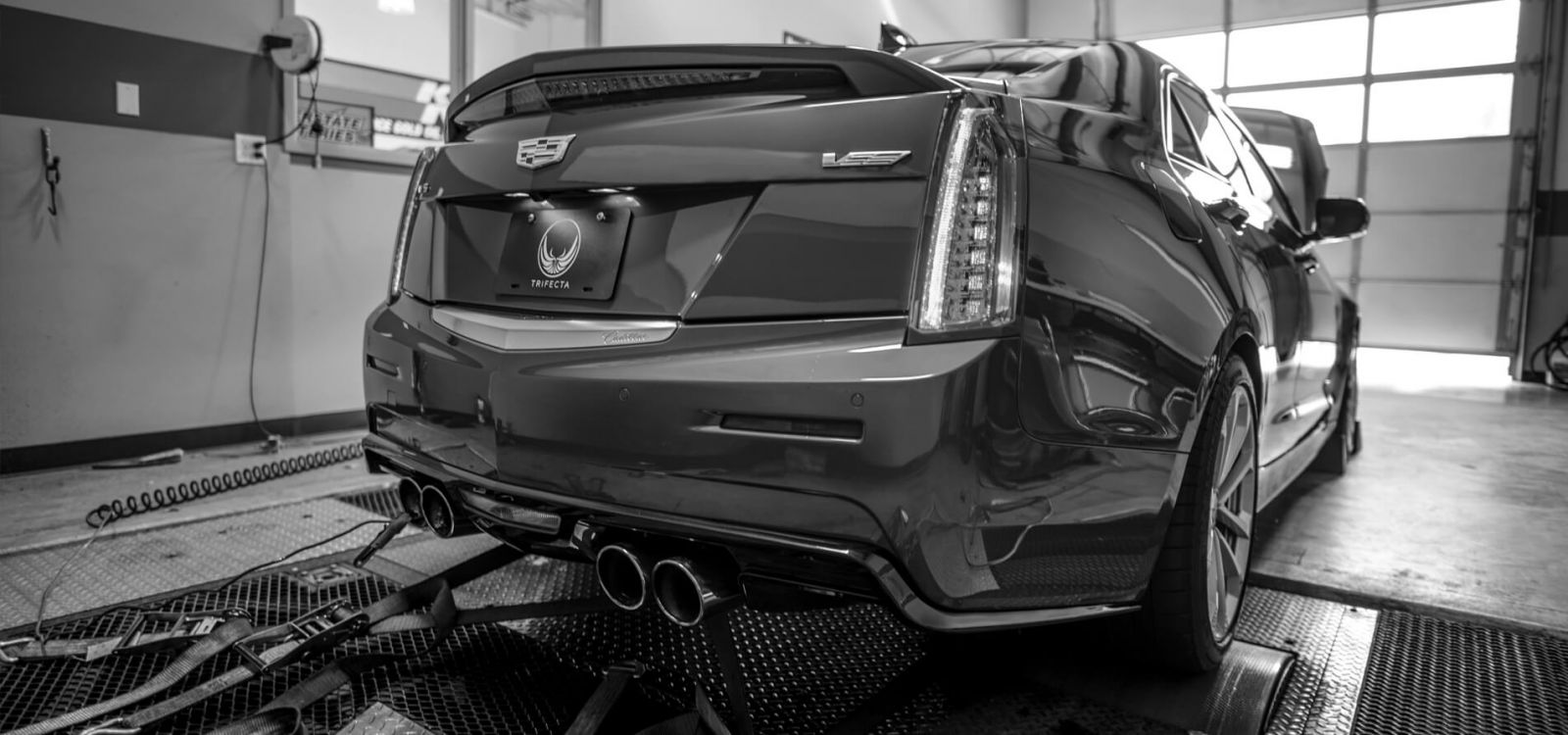
The level of aggression the manufacturers might display in this regard is almost certainly related to the cost of the warranty repair. It's one thing for the manufacturer to be looking at having to replace pistons in a 4 cylinder engine, it's quite another to be looking at having to replace an entire V8 diesel truck engine because there's a connecting rod hanging out of the side of the block. As such, manufacturers have taken up certain countermeasures, some are known publicly, to identify when a vehicle has been tampered with, be it via hardware (parts), software (tuning) or some combination thereof. On top of that, there's been (as far as we know, unsubstantiated) rumors that manufacturers are even turning to social media to identify people who have openly discussed modifying their cars.
Unfortunately, nobody in the aftermarket can ever be sure what tampering countermeasures are being taken by the manufacturer at any point in time, nor what countermeasures may be taken in the future. Nobody can be sure what “non official” countermeasures are being taken, either.
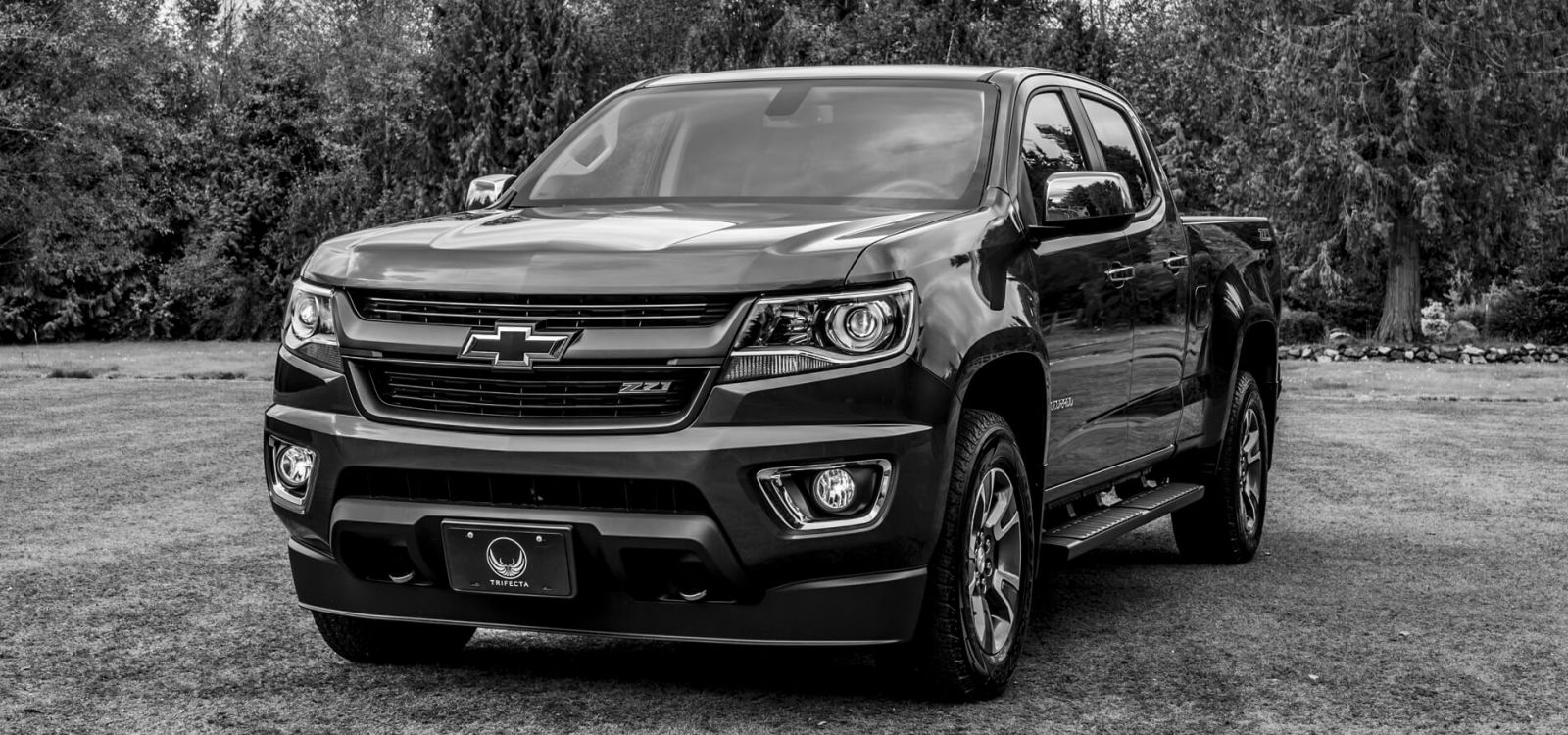
A good example of this is GM's OnStar. Think of your vehicle as having a communications backbone, for all the ECUs to communicate with one another, as well as diagnostic tools and aftermarket flashing tools. The OnStar module can effectively operate as a bridge between your vehicle's network and GM's OnStar network in any location that the OnStar's connection to the network can be established (it operates over the cellular phone network). This means, on a technical level, at least, anytime an ECU in the vehicle is flashed, as long as the vehicle is active on the OnStar network, the manufacturer may know about it, and/or make a log of it. They may even know the contents of the flash itself.

The above scenario is unproven, just a technical analysis of what's possible, but here's another one that shows to what extent countermeasures may be deployed. On the diesel truck engines, massive gains can be made in power with just tuning alone, mainly by changing the fuel rate and increasing the turbocharger boost. With the availability of low-cost commodity tuning software, one could recalibrate their diesel truck for about $500 plus the cost of a laptop computer. No training in diesel tuning is required. The unfortunate reality is that while it's “relatively straightforward” to make more power with tuning in your diesel truck, to do so reliably requires a much higher level of engineering skill, in some cases outside the scope of what the factory ECU software is even capable of.
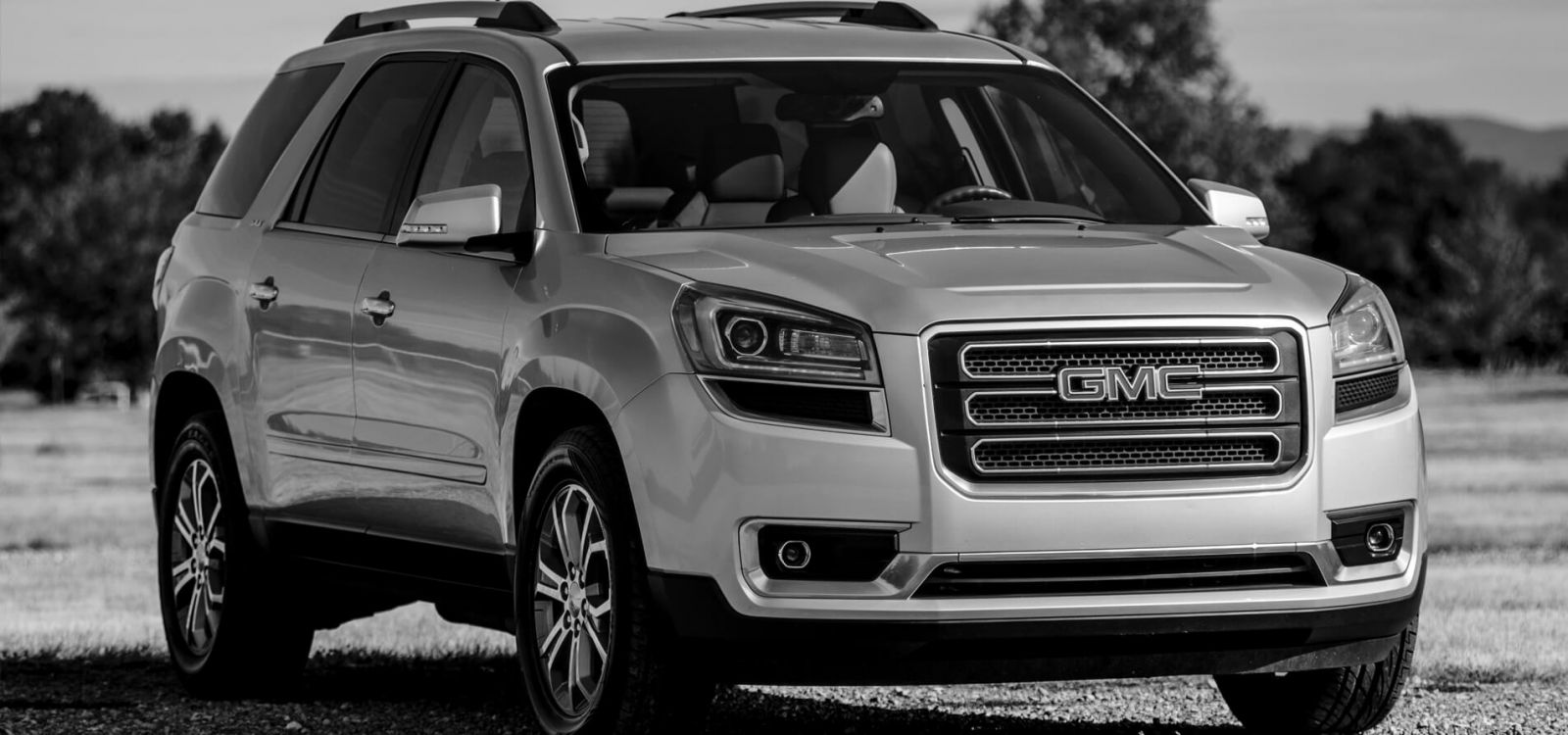
The manufacturer started getting suspicious when they saw all of these diesel truck engines coming in for warranty repair with melted pistons. Suspecting they might be caused by poor quality aftermarket recalibration, they devised a new technique for identifying whether the tuning had been tampered with. They added a new parameter to the transmission control module where it would record and “remember” the highest amount of torque the transmission was subjected to. How does this work? The engine control module has to estimate how much torque it's making mainly for the purpose of having the transmission shift with the correct amount of line pressure and also with regard to the traction control system operation. Every time the engine controller transmitted its estimated torque output to the transmission controller, the transmission controller would compare the value to the previous highest value, and if the new value was higher, it'd remember that one.
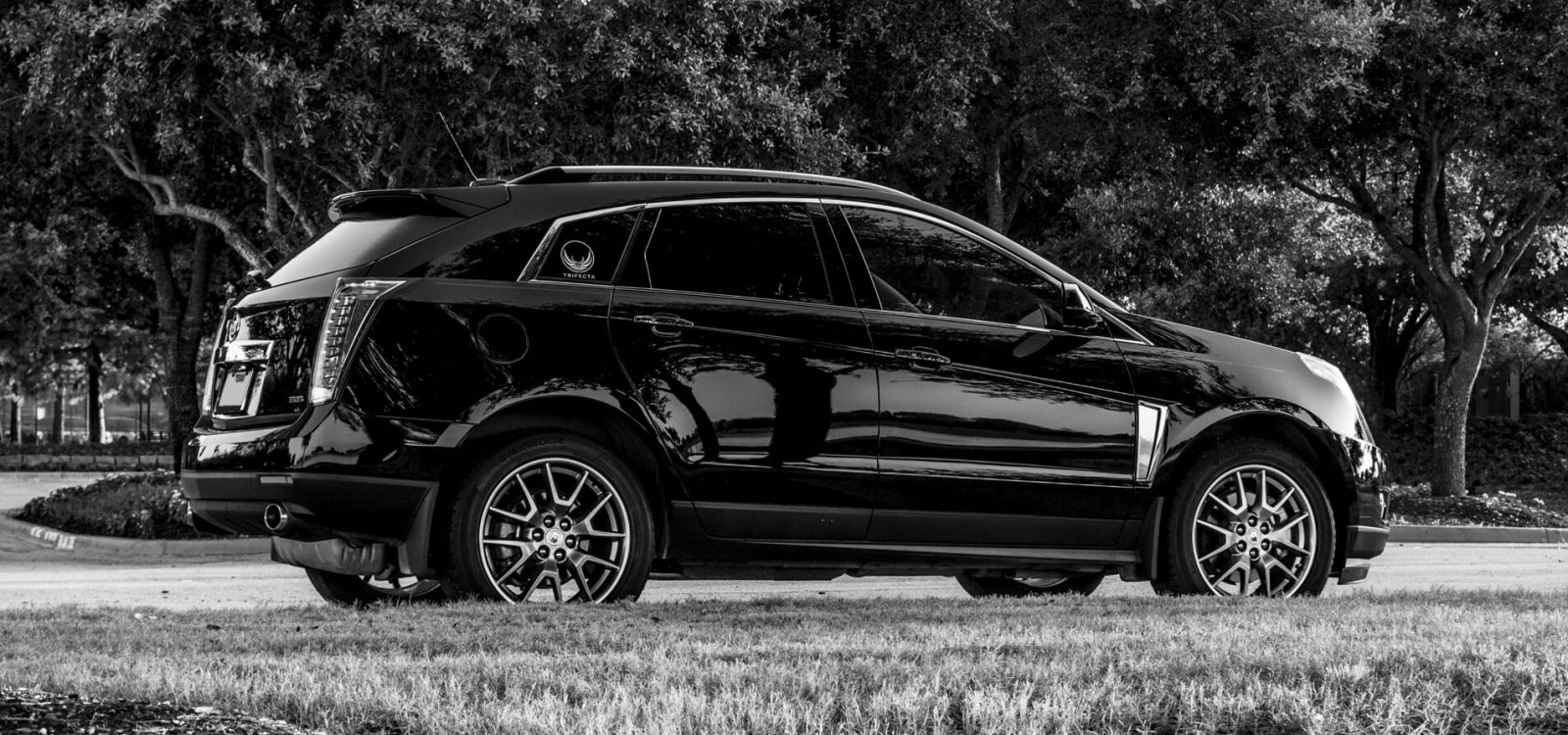
The new procedure involved scanning this parameter out of the transmission controller if melted pistons in a diesel engine showed up at the service center. This number SHOULD never be higher than the factory specs of the engine, and if it was, it was considered possible evidence of tampering. The bottom line is there are upwards of 70 ECUs in modern day vehicles, and any one of them is capable of reading (and storing) information transmitted by other ECUs.
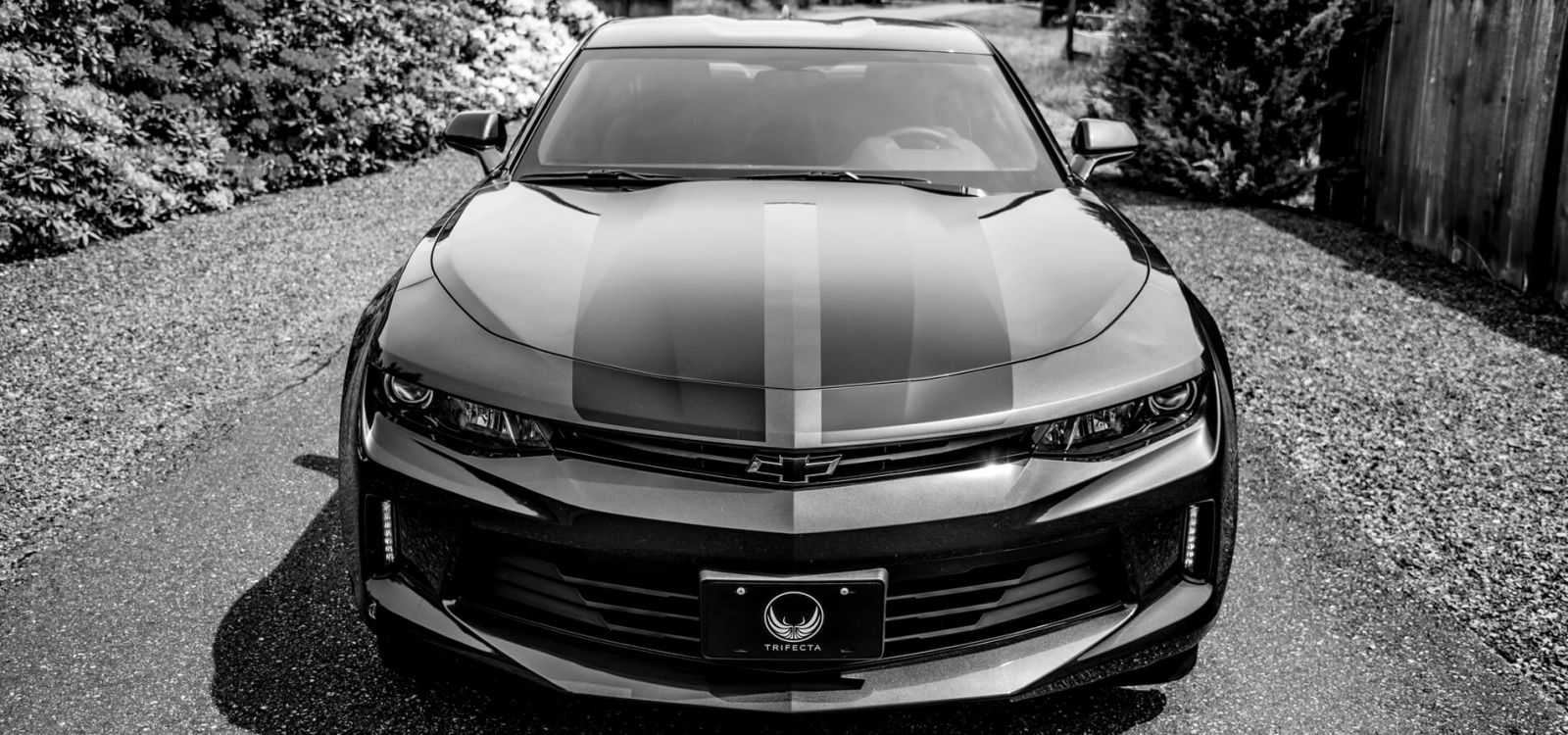
Tampering “counter-countermeasures” of any type may afford some protection against abuse of power by an over-zealous (or morally impure) service center, but ultimately if there's some sort of suspicious vehicle component failure despite the lack of any evidence of modifications, the service center will almost certainly try to use social engineering to find out if the vehicle is or was modified previously:
“Have you ever tuned this vehicle?”
“Have you ever installed any performance parts on this vehicle?”
“Our techs found some anomalous ECU data string widget constructs and say it was tuned.”
“Are you Joe Smith on Facebook also?”
Questions and statements like these put the vehicle owner in a potentially tricky situation. If it was modified, and they tell the truth, their warranty's probably gone and they're on the hook for repairs. If they lie about it, then they may have just committed fraud. Refusal to answer the questions at all may be construed as suspicious as well.
The only true way to be sure the manufacturer power train warranty remains in effect for the full duration with regard to aftermarket modifications, is to not aftermarket-modify the vehicle. Not even the lug nuts.
-TRIFECTA Performance, Inc.

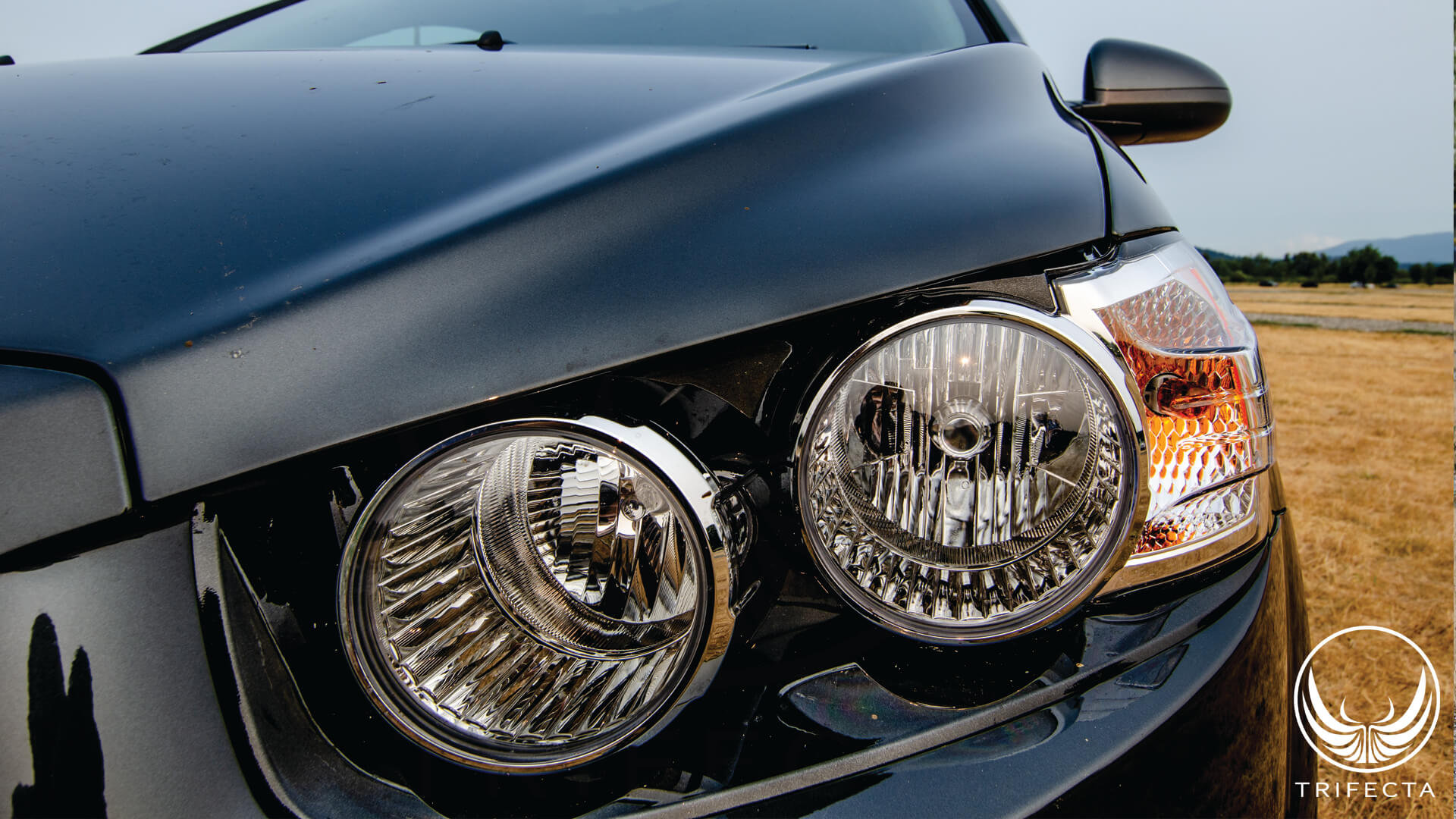
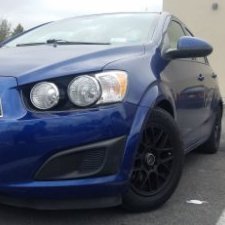
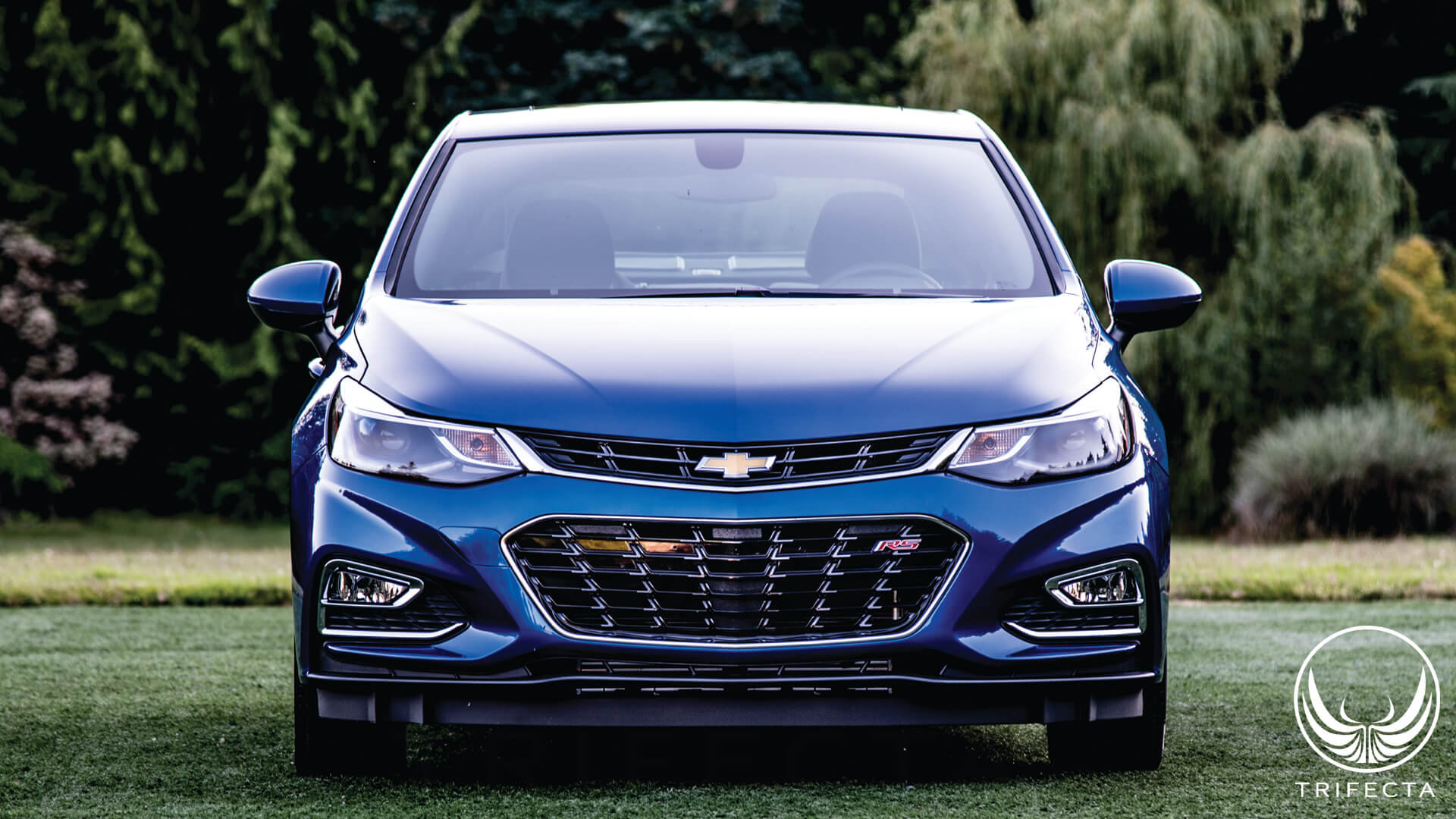
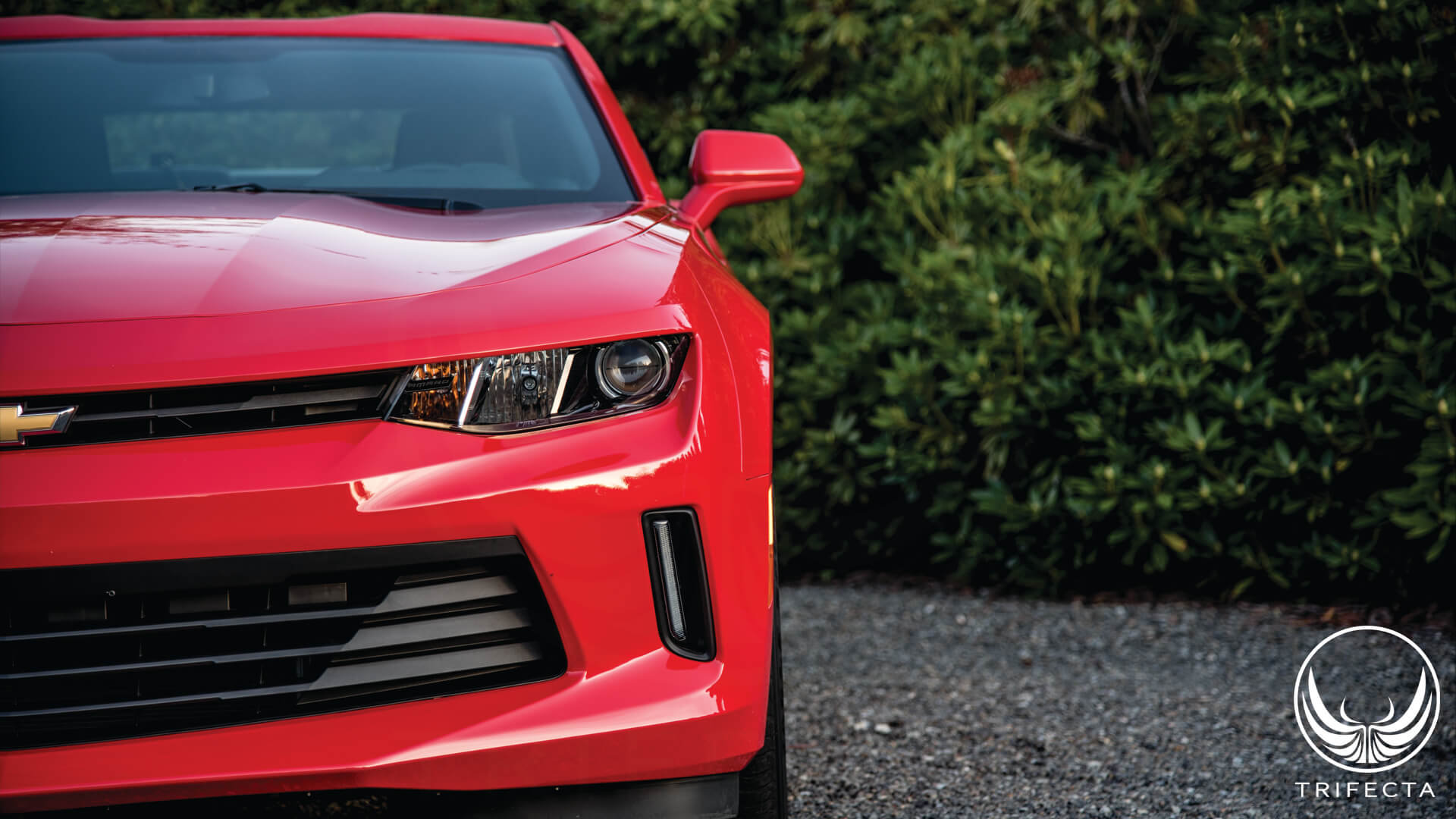
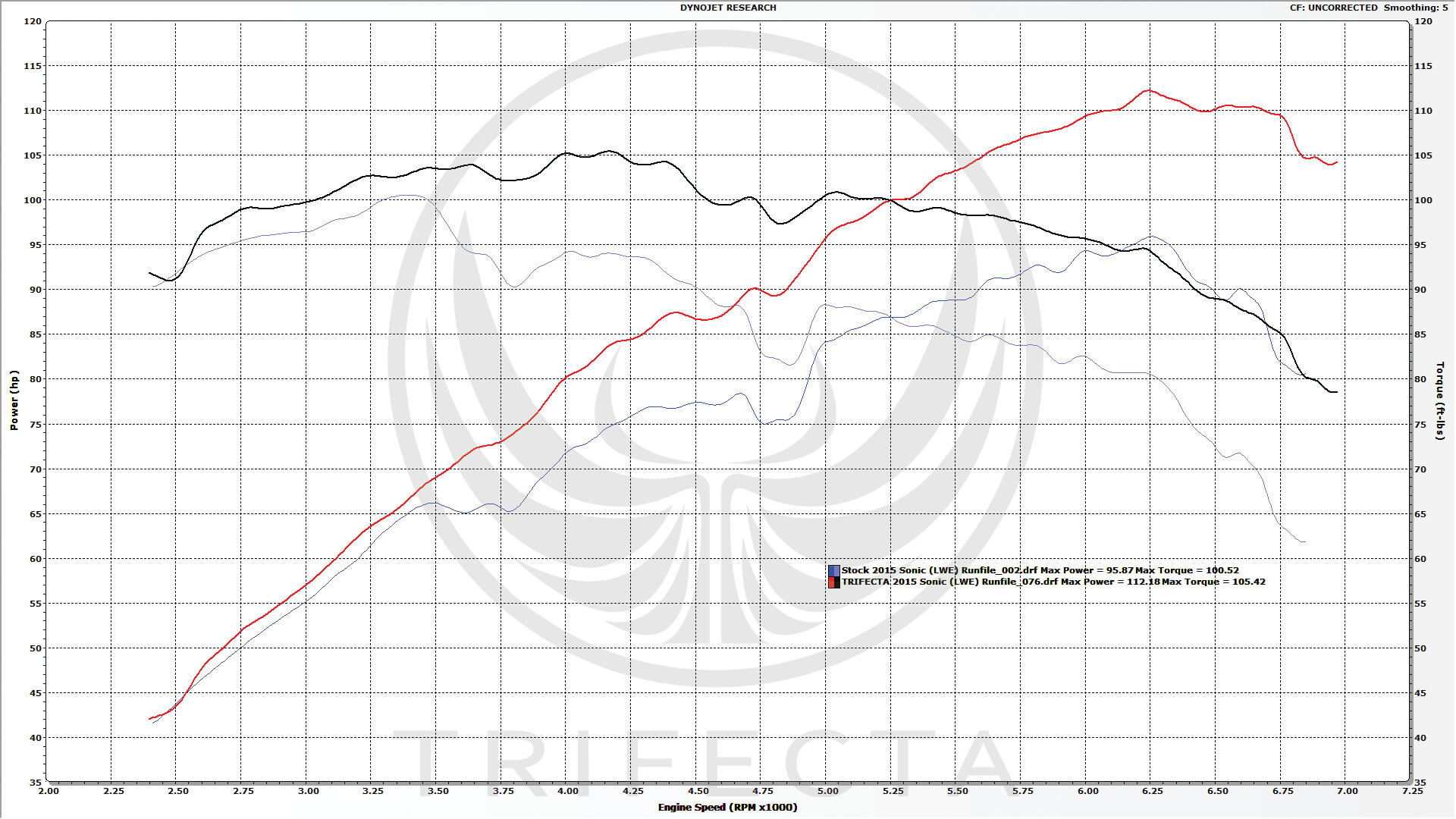
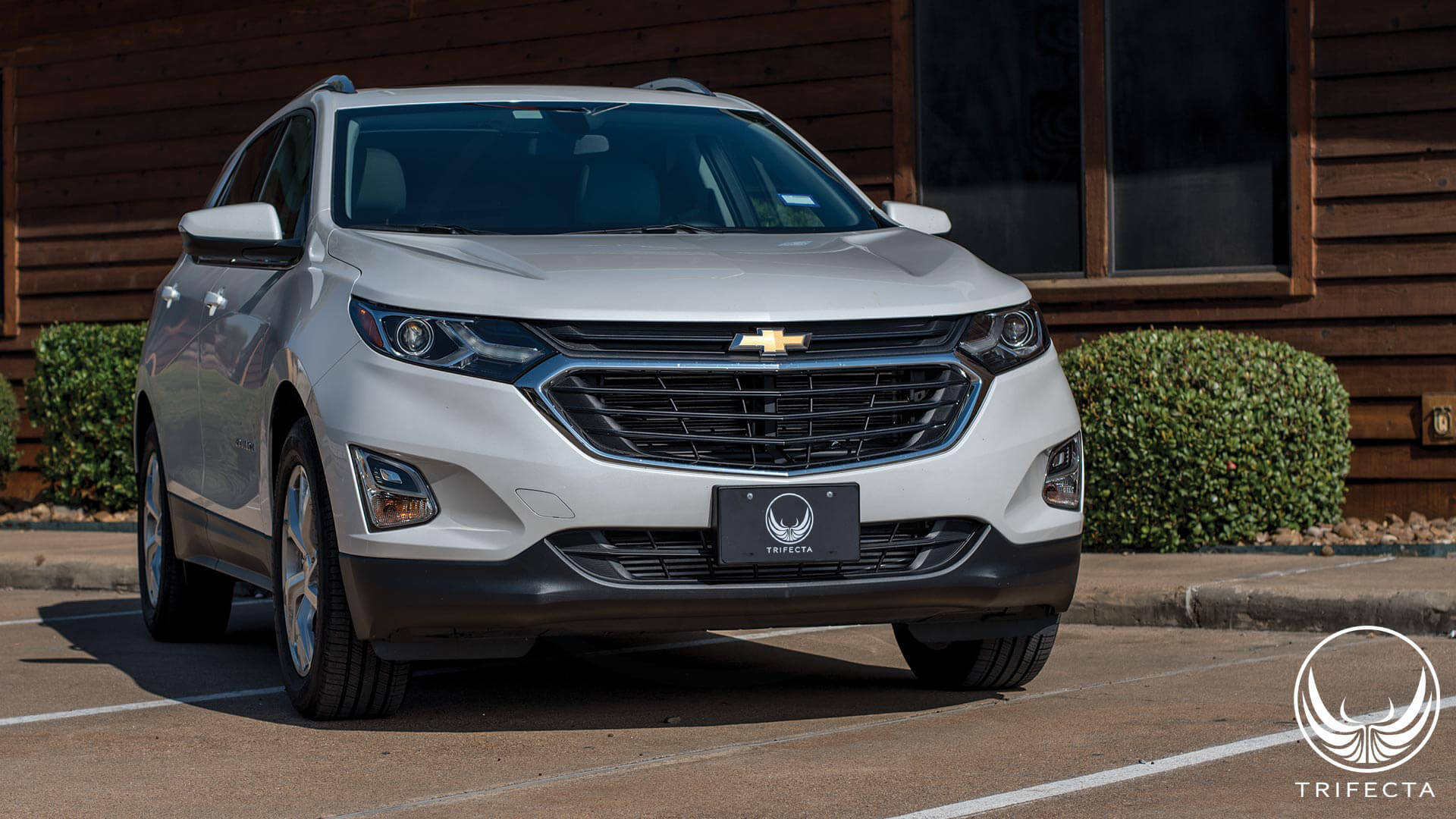
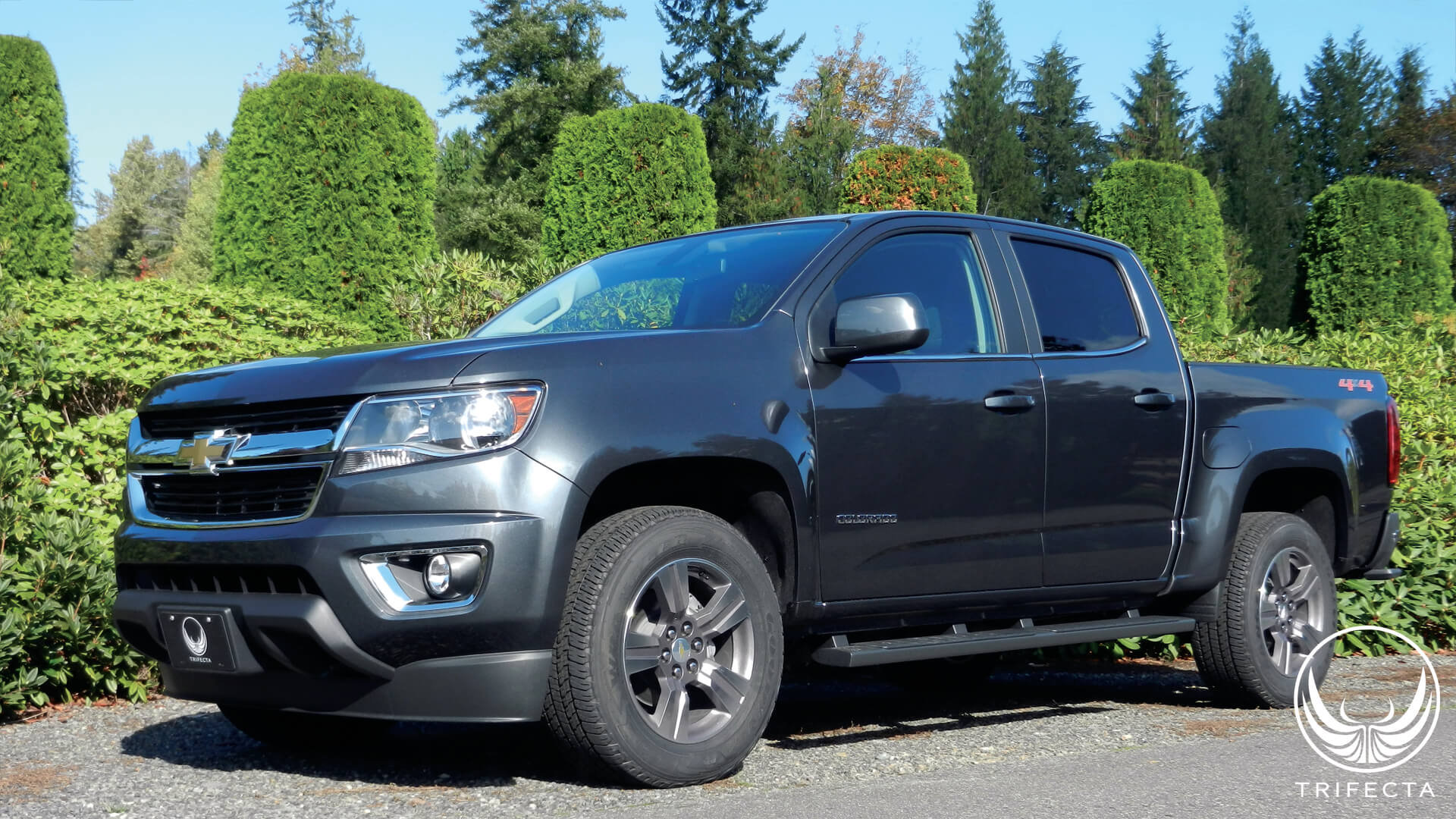
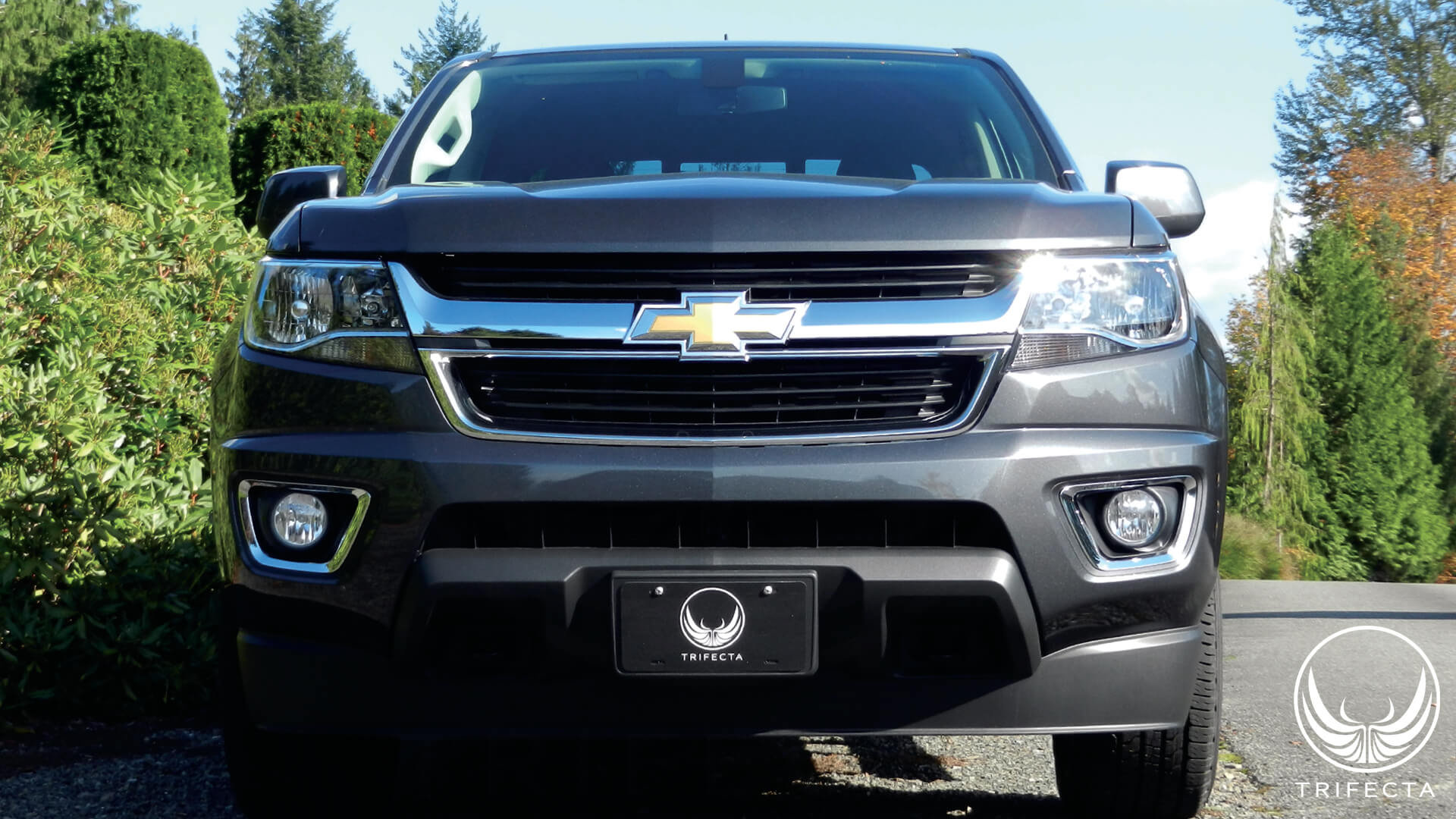
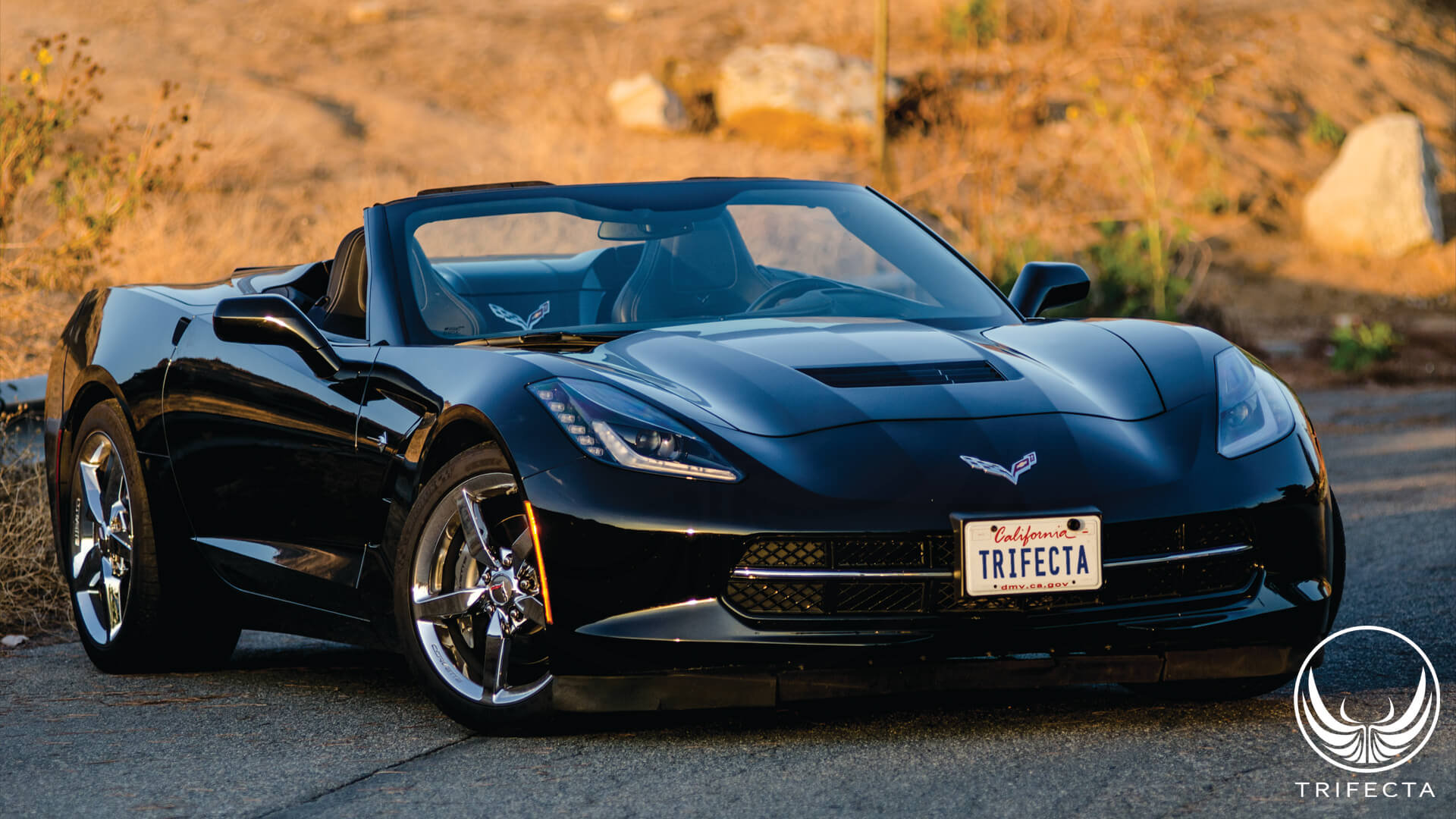
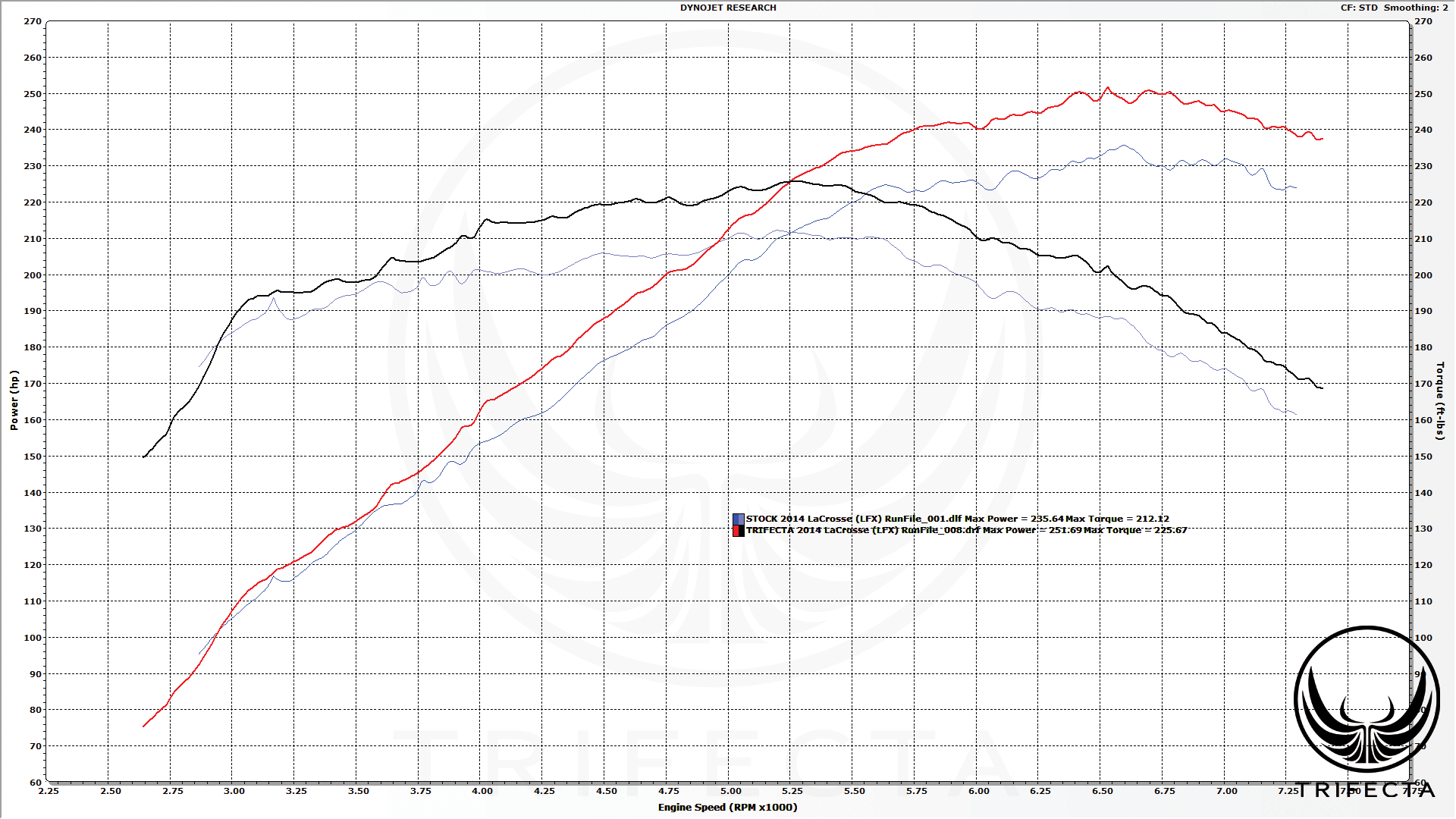
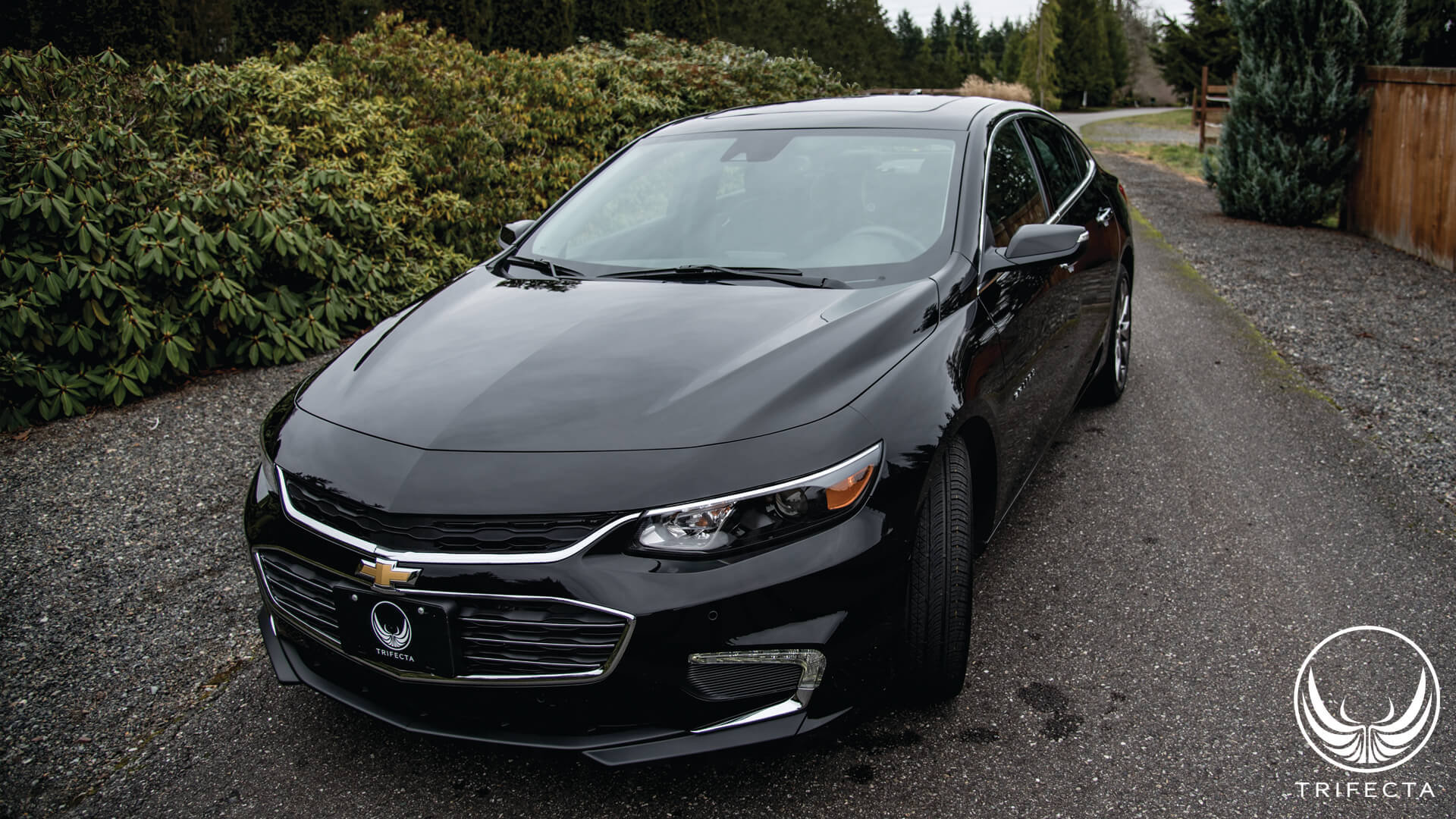
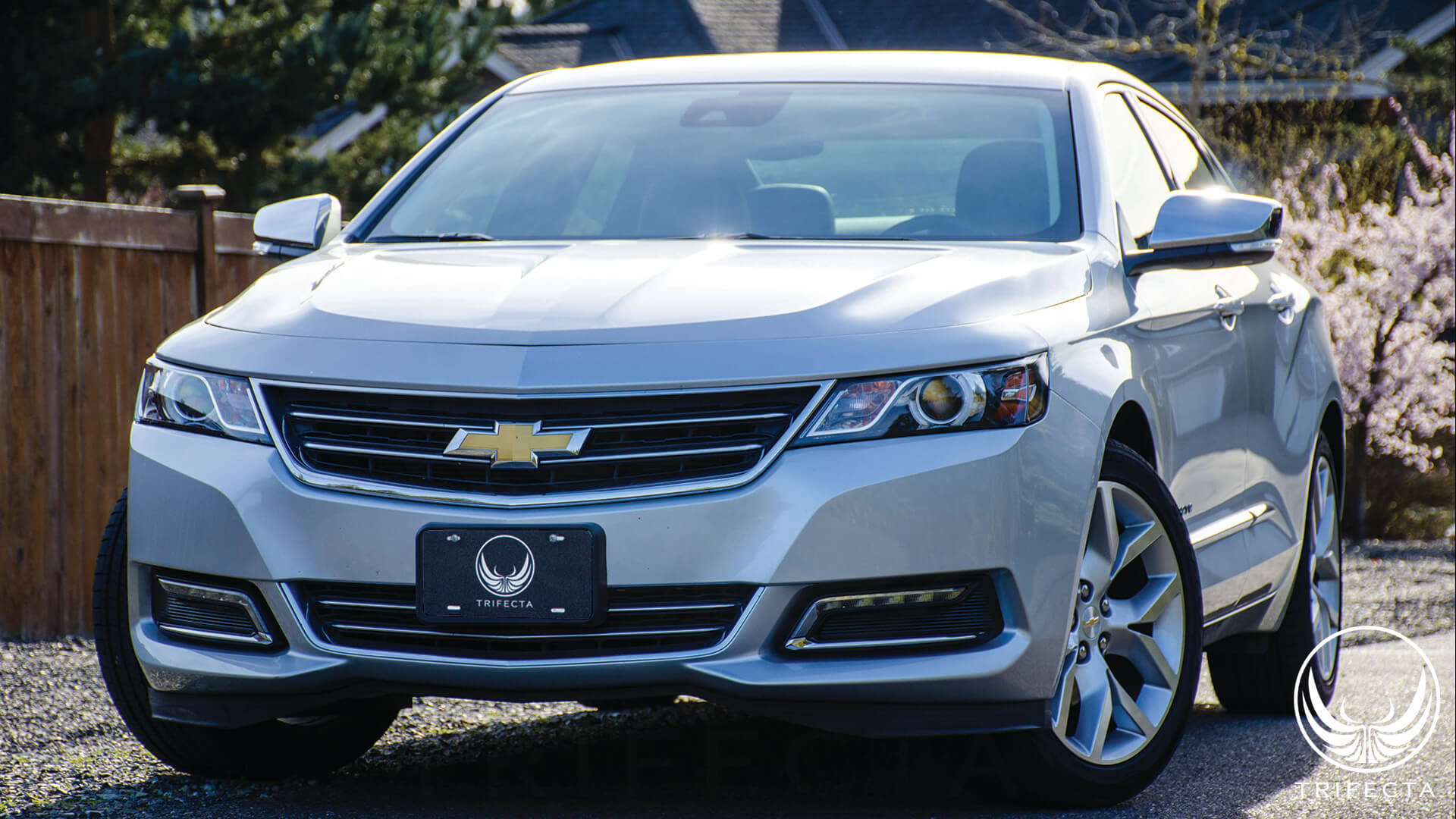


Recommended Comments
There are no comments to display.